Miami Dolphins NFL 100 Presence Profound
The Miami Dolphins organization has left their footprint on the NFL 100 All-Time Team.
Over the course of the NFL’s 100 years in existence, the Miami Dolphins have fielded legendary teams and players.
Those legends take us back to a time when Miami stood at the NFL pinnacle.
The Miami Dolphins were born in 1966 and for a while seemed comical and lovable in their ineptitude.
Until one man changed the course of an entire franchise for the next three decades.
Shula Builds Winner in his Image
As present day observers of the Miami Dolphins will attest, the formula for success starts at the top.
The NFL’s all-time winningest coach (347), Shula’s rise to prominence was steady yet many challenges befell him along the way.
Don Shula joined the Dolphins in 1970 after a successful, if unfulfilled six year tenure with the Baltimore Colts.
He finished with a stellar 71-23-4 record in the regular season, but his legacy there was defined by missed opportunities.
The Colts went just 2-3 in the postseason under Shula, including upset losses in the 1964 NFL Championship and the famous 1969 Super Bowl against Joe Namath and the New York Jets.
It looked like the failures of years past would continue to haunt Shula, he lost in 1970 to Oakland in the Divisional round.
The following year Shula would guide the 1971 team to their first Super Bowl where they would fall to Dallas.
Despite that defeat, Shula and the Miami Dolphins were on the brink of history.
“He can take a lot of different styles of play, and win with all of them.” – @CollinsworthPFF
Don Shula is the latest coach named to the #NFL100 All-Time Team 👏
📺: NFL 100 All-Time Team on NFL Network pic.twitter.com/jhgg8s5TGS
— NFL Network (@nflnetwork) December 21, 2019
One team annually reminds the world that they were the first, and to this day, only undefeated Super Bowl champions.
The 1972 Dolphins were the culmination of Shula’s steady ascension to greatness.
A team so complete and unwavering in their identity, that destiny did not have a chance.
Seventeen teams tried to defeat them, with each finding a different path to failure.
Shula put all the components together for sustained success.
Combining a powerful running game with timely execution through the air, Miami bulldozed their way to perfection.
Those teams were built from the inside-out, with Hall of Fame talent on the offensive line and across the defense.
Miami would win their second (and most recent) Super Bowl the following year against Minnesota and were a consistent winner the entire decade.
The Dolphins would win at least 10 games in all but one season throughout the 1970’s, yet the slow shift to the passing attack league-wide was hastening.
Shula would embrace the new offensive climate as time went on, and his next chapter would be forever linked with Miami’s second player on this list.
Dan Marino
The standard by which every Dolphins quarterback is measured.
Dan Marino is one of 10 QBs selected to the #NFL100 All-Time Team!
🐬 1984 NFL MVP
🐬 3x First-Team All-Pro
🐬 5th all-time pass yards and TDs
🐬 First player with 5,000+ pass yards in a single season (1984) pic.twitter.com/6TUPXIhszm— NFL (@NFL) December 28, 2019
Marino not only set the bar for a franchise, he elevated the statistical requirements needed to be considered an elite modern NFL quarterback.
When Marino retired he owned most, if not all, significant records at the position.
Completions (4967)
Attempts (8358)
Passing yards (61,361)
Touchdowns (420)
More importantly, he won.
A lot.
Marino still ranks fifth all time in wins with 147, and led the Dolphins to the postseason 10 times in his career.
After an MVP campaign in 1984 which ended with a loss to San Francisco in the Super Bowl, nothing seemed impossible for the Dolphins.
Along with Coach Shula, Marino gave the organization a second era of consistent excellence and stability which has yet to be captured again.
He never made it to the Super Bowl after 1984, but his legacy is without doubt when you set foot in Hard Rock Stadium.
His number 13 is one of only three to be retired for the Miami Dolphins, along with Bob Griese (12) and Larry Czonka (39).
For two decades the Miami Dolphins have tried to find his heir apparent as a true franchise quarterback.
Until that happens, if it ever does, Marino’s accomplishments remain the pinnacle for this organization.
Marino was inducted into the Dolphins Honor Roll in 2000 and enshrined in the Pro Football Hall of Fame in 2005.
Dwight Stephenson
The Miami Dolphins have had legendary offensive lineman such as Jim Langer and Larry Little, both NFL Hall of Famers.
Langer was the first great center to wear a Dolphins uniform, a true ironman he played 128 consecutive games. He worked his way up from a role player to a perennial All-Pro with incredible determination and work ethic.
Little redefined the guard position with his athleticism on pulls and grace in pass protection. Or he could simply power over an opponent on a sweep, then glide fast enough to escort Czonka, Kiick, or Morris to the house. Little was also a superb mentor to younger players and would later become a coach in the college ranks.
Stephenson epitomized both of them when he took hold of the starting center job in 1981, his second season. Defined by an unwavering drive, Stephenson never took a play off. He was an All-American at Alabama but was primarily a special teamer early on until an injury to starting center Mark Dennard in 1981 opened the door.
Dwight Stephenson is one of the four centers selected to the #NFL100 All-Time Team!
🐬 1985 Walter Payton Man of the Year
🐬 4x First-Team All-Pro
🐬 5x Pro Bowler
🐬 NFL 1980s All-Decade Team pic.twitter.com/WvJQyXlpCB— NFL (@NFL) December 14, 2019
Despite a career cut short by injuries, Stephenson was regarded as the best center of his time. Marino’s battery mate, his consistency was a catalyst in the Dolphins offensive line allowing the fewest sacks in the NFL for six straight seasons. Stephenson is one of only four centers to make the NFL 100 list. He was added to the Dolphins Honor Roll in 1994 and selected to the Pro Football Hall of Fame in 1998.
Paul Warfield
Part of the 1972 undefeated team, Warfield was one of the first true NFL deep threats at wide receiver.
Warfield retired as the NFL’s all-time leader in receiving touchdowns (85) and led the league in receiving scores on two occasions.
In an age where the air attack was still finding prominence, Warfield found the end zone at least 10 times in four different seasons.
The 10 wide receivers selected to the #NFL100 All-Time Team! pic.twitter.com/qeByaXKprp
— NFL (@NFL) December 21, 2019
Warfield would spend five seasons in Miami after playing his first six for the Cleveland Browns. He would make seven consecutive Pro Bowls (when it meant something), including all five of his years in Miami.
For his career Warfield caught 427 passes for 8,565 yards along with 85 touchdowns.
Warfield rejoined the Browns for his final three seasons and retired after the 1977 season. He would be inducted into the NFL Hall of Fame in 1983 and the Dolphins Honor Roll in 1990.
Junior Seau
Seau played three seasons in Miami from 2003-2005 where he appeared in 30 games, registering five sacks. Most of Seau’s career was spent in San Diego where he was an eight time All-Pro and led the Chargers to their only Super Bowl appearance. He would be inducted into the NFL Hall of Fame posthumously in 2015.
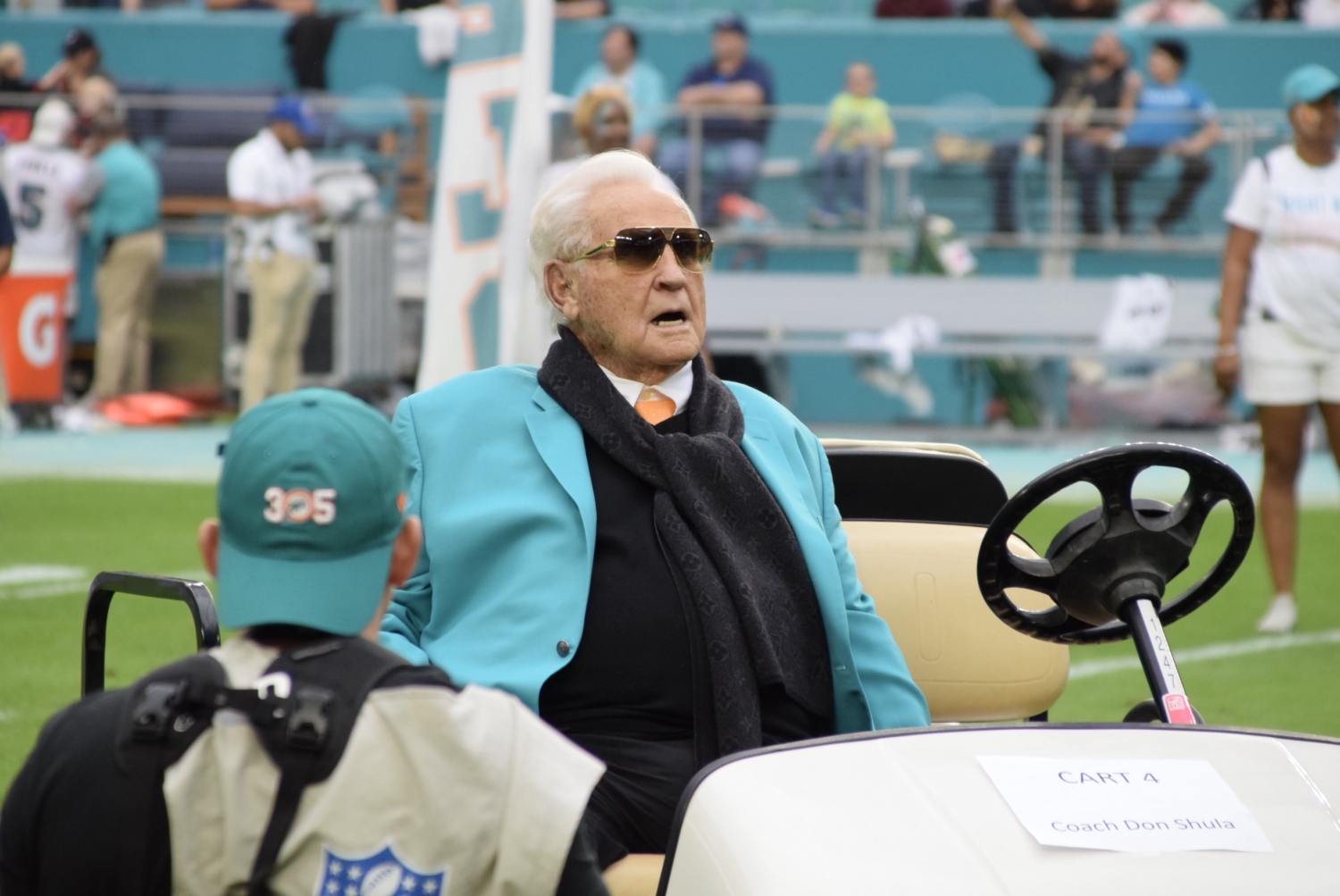
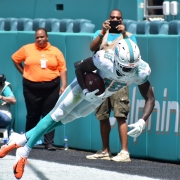
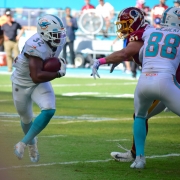
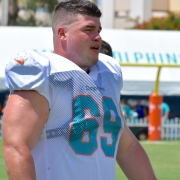
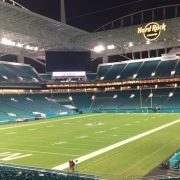
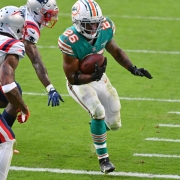
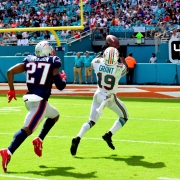


Leave a Reply
Want to join the discussion?Feel free to contribute!